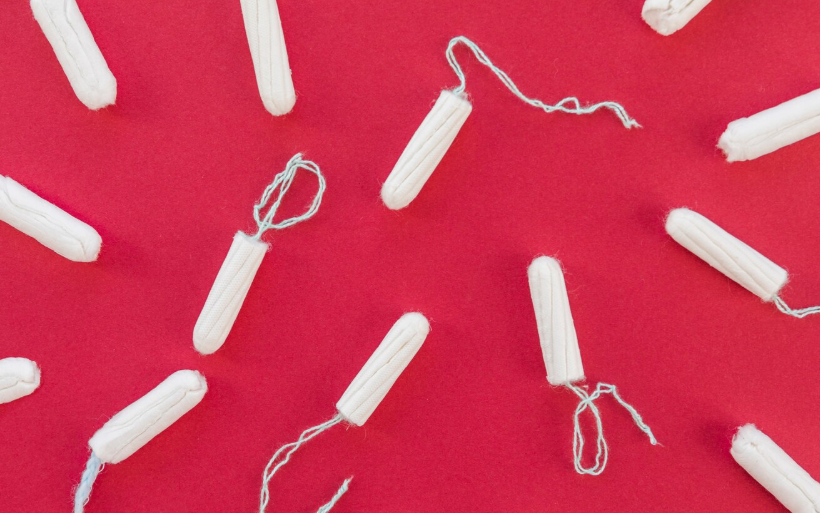
Toxic Metals in Tampons
Share
For many people, tampons are an essential part of their menstrual care routine. But recent studies have uncovered something concerning: the presence of toxic metals like lead and arsenic in some tampons. These findings raise serious questions about menstrual product safety and the potential long-term health risks for those who use them.
What the Research Says
A 2024 study published in the journal Environmental International analyzed various brands of tampons and found measurable levels of toxic metals, including lead, arsenic, cadmium, and mercury. These substances are known to have harmful effects on the body, even at low levels of exposure. Since the vaginal wall is highly absorbent, exposure to these metals through tampons could pose unique health risks.
How Do Metals End Up in Tampons?
Toxic metals are not intentionally added to tampons, but they can make their way into the products through contamination in the raw materials or manufacturing processes. Here are some potential sources:
-
Soil contamination: Cotton, a key ingredient in many tampons, can absorb heavy metals from polluted soil.
-
Pesticide residue: Non-organic cotton is often treated with pesticides that may contain trace amounts of metals.
-
Manufacturing processes: Machinery and chemical treatments used in production can introduce contaminants.
Health Risks of Toxic Metal Exposure
While the exact impact of metal exposure through tampons is still being studied, toxic metals like lead and arsenic are known to cause serious health issues, including:
-
Lead: Linked to neurological damage, hormonal disruption, and reproductive issues.
-
Arsenic: Can increase the risk of cancer, skin conditions, and immune system dysfunction.
-
Cadmium: Affects kidney function and bone health.
-
Mercury: Can interfere with brain function and the nervous system.
Given the potential for chronic exposure over years of tampon use, these findings highlight the urgent need for stricter safety regulations and transparency in menstrual product manufacturing.
How to Protect Yourself
If you’re concerned about toxic metal exposure from tampons, here are some steps you can take:
-
Choose certified organic tampons: Organic cotton is grown without synthetic pesticides, reducing the risk of heavy metal contamination.
-
Opt for third-party tested brands: Some companies voluntarily test their products for contaminants and share results publicly.
-
Consider alternative menstrual products: Menstrual cups & discs, period underwear, and organic pads may be safer options.
-
Try a menstrual disc made of medical-grade silicone: Menstrual discs are a great alternative, offering a safer and more sustainable option. Made from high-quality medical silicone, they are free from harmful chemicals, hypoallergenic, and can be reused for years, making them both an eco-friendly and health-conscious choice.
-
Advocate for better regulations: Support policies that push for stricter testing and ingredient transparency in menstrual products.
The Need for Stronger Regulations
Unlike food and pharmaceuticals, menstrual products are not as strictly regulated for contaminants. The recent study underscores the need for comprehensive testing requirements and clearer labeling standards to ensure consumer safety.
The presence of toxic metals in tampons is a serious concern that cannot be ignored.
While more research is needed to fully understand the long-term effects, taking proactive steps to choose safer products and considering alternatives like menstrual discs can help reduce exposure to harmful substances while promoting overall menstrual health.
